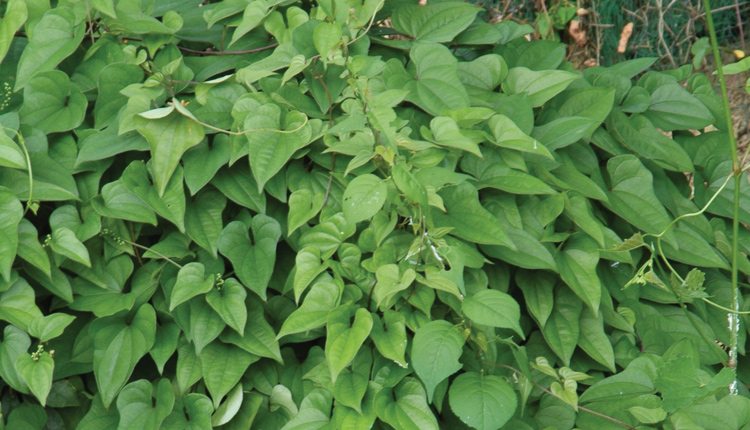Invasive plants are plant species that can be harmful when introduced into new areas. These species can invade agricultural and natural areas, causing serious damage to Canada’s economy and environment. Each year, invasive plants in crops and pastures cost an estimated $2.2 billion by reducing crop yields and quality, and increasing the costs of weed control and harvesting._x000D_
_x000D_
As Canada’s national plant protection organization, the Canadian Food Inspection Agency regulates the import, sale and movement of plants into, and within, Canada; monitors imports to prevent entry of invasive plants; and conducts surveillance to determine if an invasive plant is here, or to confirm that an area is free of a specific invasive plant. The invasive plants regulated under the Plant Protection Act are included in the list of Pests Regulated by Canada. The invasive plants regulated under the Seeds Act are listed in the Weed Seeds Order, 2005._x000D_
_x000D_
The Commercial Seed Analysts Association of Canada will be doing a series of articles to highlight invasive plants. Information has been obtained from CFIA at inspection.gc.ca/invasive._x000D_
_x000D_
_x000D_
In this column, we chose to focus on the Chinese Yam (Igname de Chine). Dioscorea polystachya is from the family Dioscoreaceae. Native to eastern Asia, where it is cultivated for its edible roots or tubers and used in traditional Chinese medicine, Chinese yam is a perennial. It is a climbing vine that rapidly invades undisturbed habitats, reduces biodiversity and damages the branches of large trees and shrubs. Its hairless stems are purplish-red and its leaves are broad and heart-shaped. Its flowers are small, yellowish and have a cinnamon-like fragrance. Manual removal of this plant is possible for small isolated patches; however, multiple herbicide treatments are required for larger infestations._x000D_
_x000D_
Established populations of the invasive species have not been found in Canada. Since its introduction into North America, it has spread throughout the eastern United States. Chinese yam is found in many habitats including forests, ravines, mountain slopes, along rivers and in undisturbed areas. No similar species are known._x000D_
_x000D_
Intentional introduction as an ornamental garden plant has been the most significant route of entry to North America. Within North America, Chinese yam reproduces through small above-ground bulbs called bulbils, which are spread by rodents gathering and feeding on them._x000D_
_x000D_
Chinese Yam is a true seed, although plants can produce vegetative bulbils. Seed is about eight to 15 millimetres long and seven to 10 millimetres wide with an oblong wing (straight sides with rounded ends). Surface texture is smooth and fibrous and is light yellow around the edges, becoming yellow toward the centre. The large papery wing is usually torn or removed during processing._x000D_
_x000D_
What You Can Do_x000D_
_x000D_
First, avoid planting invasive plants in your garden. Use clean, high-quality seed. Declare all plants and related products when returning to Canada. Contact your local CFIA office if you suspect you have found this invasive plant. The CFIA will follow up and determine if further action is needed.














